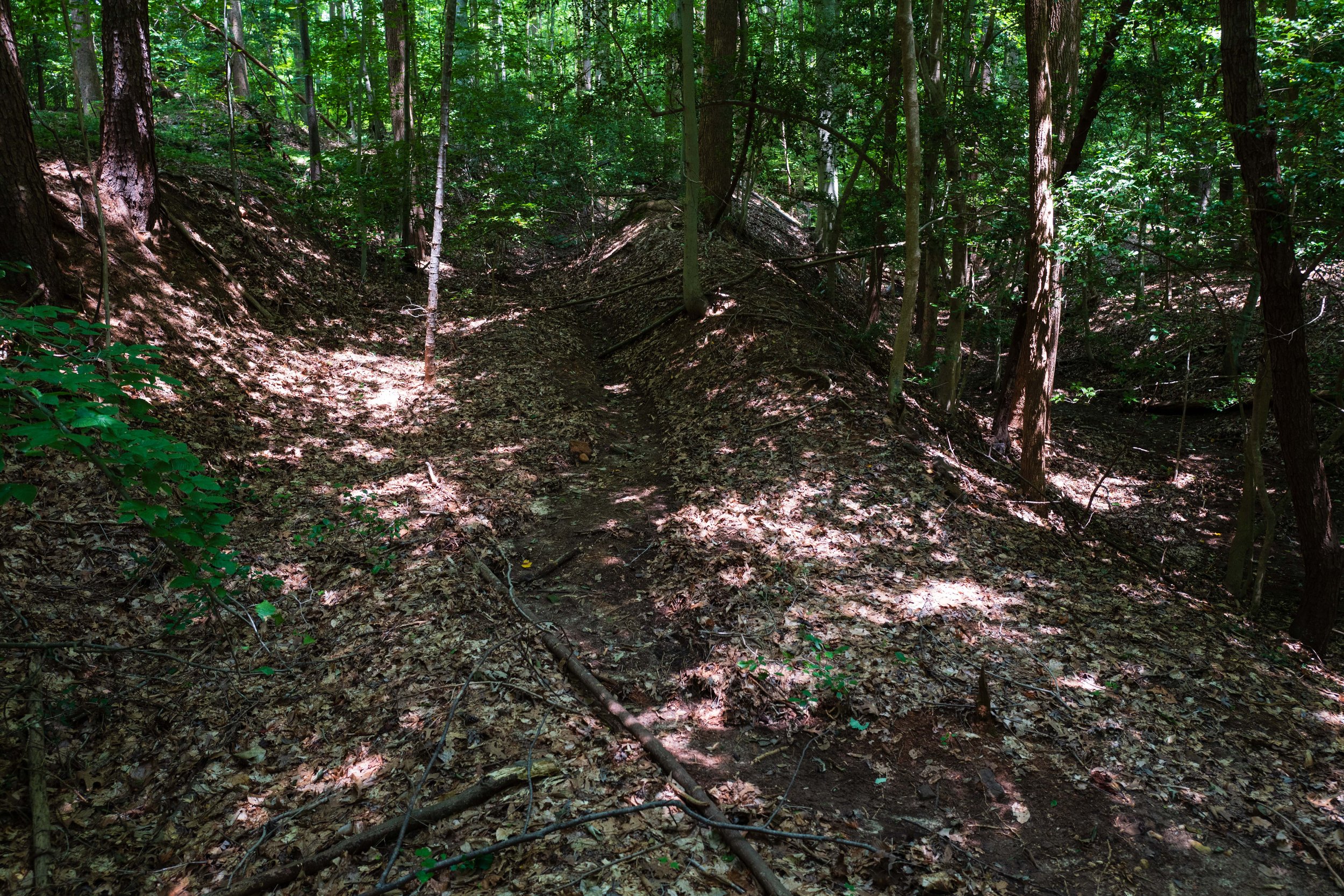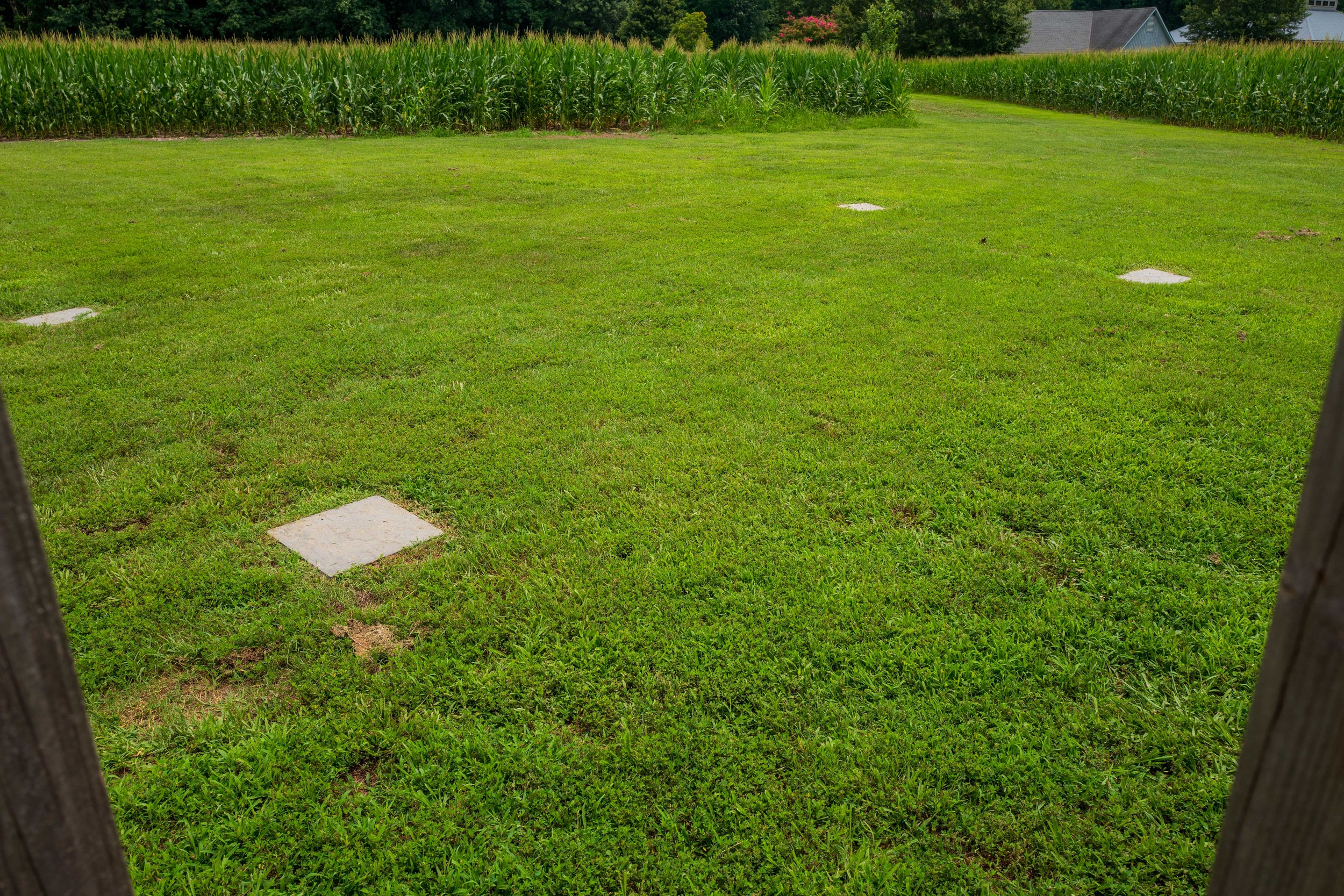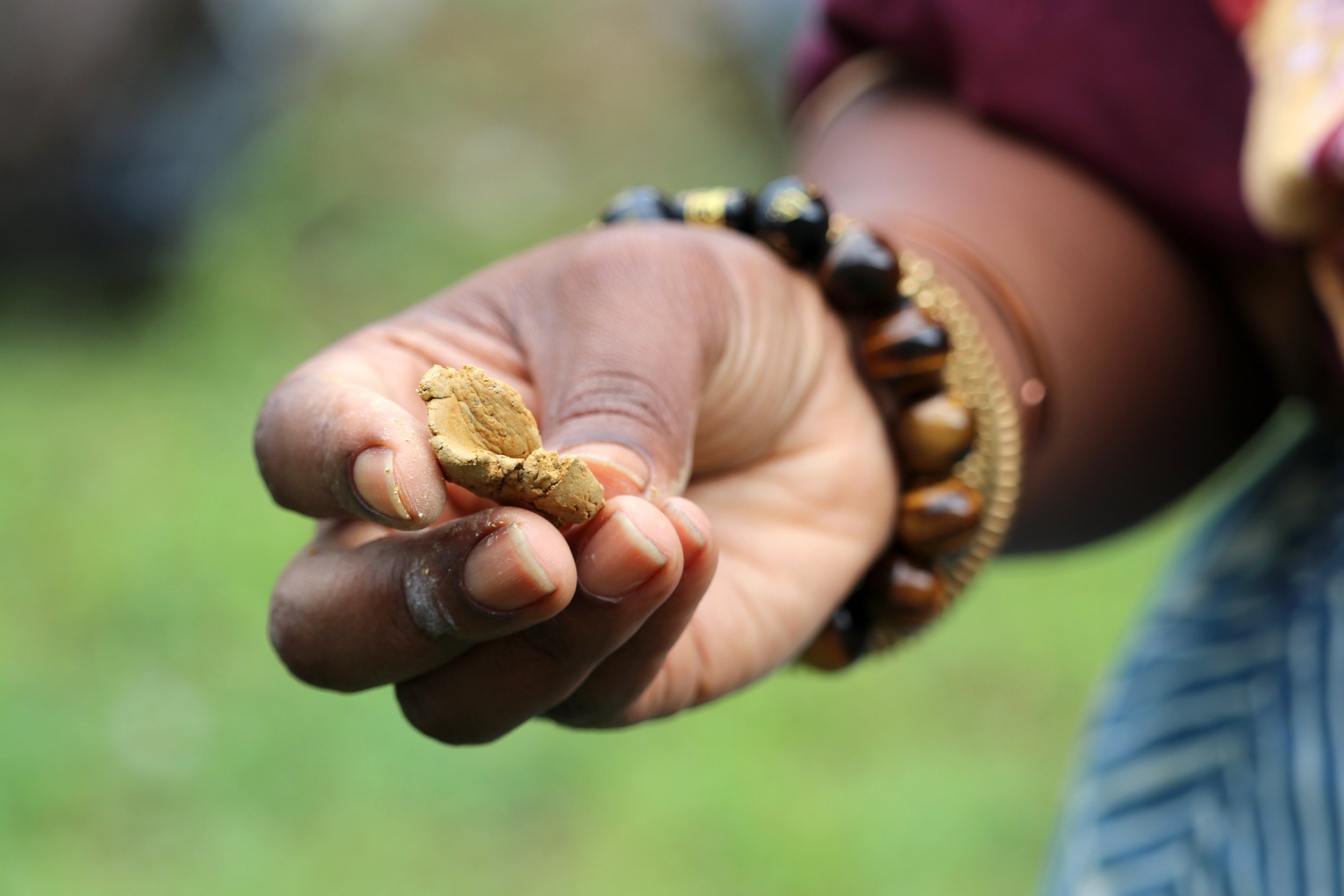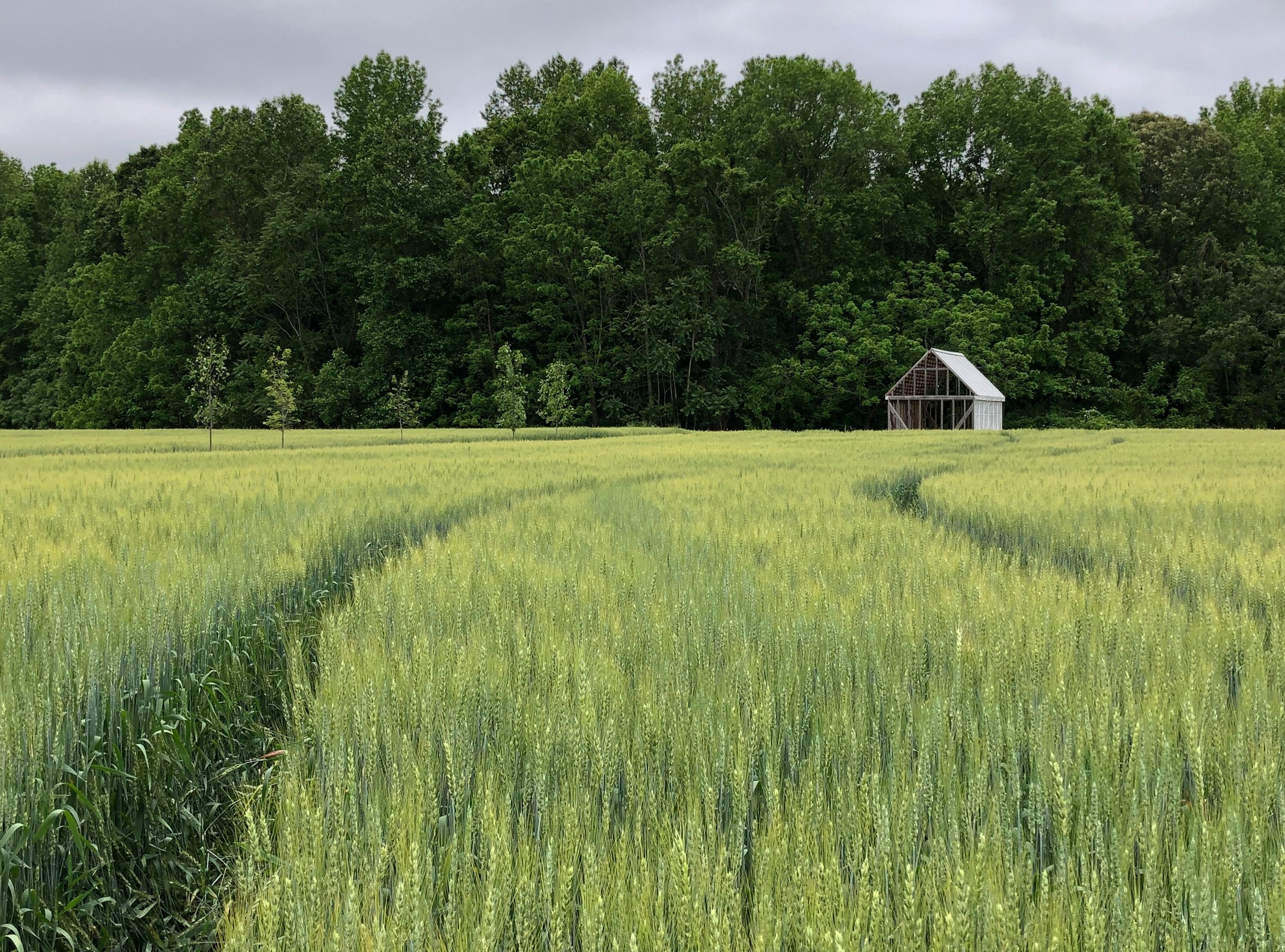The Landscape is Our Collection by Clarissa Sanders
Aerial view of Menokin Landscape
Nestled between a country road and Cat Point Creek, is the 500-acre site that makes up Menokin. These sprawling fields, forests, and waterways are the keepers of the stories of generations of people who have lived and worked at Menokin. The landscape is our greatest asset in understanding what daily life looked like for the hundreds of people who have left their mark on these historic grounds.
For hundreds of years, people have been changing Menokin’s landscape, shaping and reforming it to serve their purposes. Evidence of this can be seen across our grounds. For those who venture into the woods on one of our hiking trails, evidence of the impact of tobacco on the landscape is quite apparent. Hogsheads of tobacco have forever left their mark on the landscape, creating gentle swoops in the land that lead towards the water, where the hogsheads would be shipped to be inspected and sold. Behind the historic ruin, the grounds were formed into terraced gardens. These orderly and manicured gardens were visible from the dining room, to be enjoyed by any of the guests, Francis Lightfoot Lee and his wife Rebecca Tayloe Lee, entertained. When colonists settled in what would become the United States, they strove to bring what they saw as order to an unruly landscape. Gardens like the terraced gardens at Menokin would have had links to this tradition.
Tobacco Rolls on the Menokin Landscape
Just beneath the surface of Menokin’s landscape lies a treasure trove of historical artifacts waiting to be rediscovered. Archeologists have been vital for us to better understand Menokin’s grounds and the people who shaped them. By methodically uncovering parts of the landscape, we have been able to learn more about the people and their daily lives at Menokin. In 2003, archaeology was conducted that revealed the footprints of three slave dwellings at Menokin. This dig uncovered sub-pits, paths, and pottery that give us vital information to better understand what the life looked like for the enslaved people who lived and worked at Menokin.
Menokin’s landscape is a living collection that daily breathes new life into how we understand the past and how it shapes our present.
Images from Right to Left
Tobacco Rolls from different angle
Archeological markers footprints of former dwellings where the Enslaved Persons of Menokin once lived
Clay fragment gathered at Menokin for ICU art exhibition
The Remembrance Structure pavilion erected above the archaeological footprint of an 18th-century field slave dwelling designed by REID Architecture
Clarissa Sanders is the Director of Research and Collections at Menokin.






